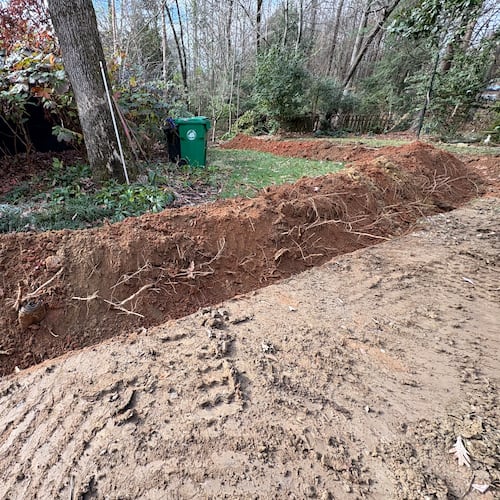Q: Would a big box store be a good place to buy healthy panicle hydrangeas? — Rebecca Hunsucker, email
A: You can buy healthy panicle hydrangeas from independent nurseries or from big box stores; it depends on the store and their plant care team. Don’t hesitate to lift the hydrangea out of its pot to look at the roots. Ultimately that’s what you’re buying: healthy roots.
You should not see a thick, hard mat of roots circling around inside the pot. A few roots are OK, but hard, circling roots won’t spread out as they should. If you can only find plants with roots that circle, just before planting use a razor knife to slit the roots four times top to bottom. Then grab the bottom of the root ball and pull the four quarters 4 inches apart.
Planted this way, the roots will be encouraged to grow outward. The plant itself should have multiple branches coming from the ground. Don’t buy a plant that is unbalanced with more limbs on one side than the other.
Honestly, late September is a better time to plant, but there’s no reason you can’t go and practice choosing good plants now.
Credit: Walter Reeves/FOR THE AJC
Credit: Walter Reeves/FOR THE AJC
Q: I ordered six purple leaved hosta roots online. Three came up solid green and three green-striped. I read on the internet to cut them back at the crown but they are still not purple. Is there any way to fix them? — Sue White, Coweta County
A: It is my observation that online photos of hosta listed as purple-leaved have been greatly enhanced by Photoshop. There is no such thing as a purple-leafed hosta. Breeders have produced a hosta with red stems and parts of the leaf are red, but purple is far away.
If you want to experiment, try this: If your plants have leaves of any color, leave them alone and give them good care for the rest of the summer. You want the hosta to gather energy for next year. Next spring we’ll see if there are any buds capable of producing “purple” leaves. If you see “purple” leaves, do nothing until midsummer next year. Then you can start slowly removing non-purple leaves I don’t think you’ll get any but if you do give me a call and we’ll share what I’m sure will be a substantial bounty.
Q: Some of my pears are covered with coarse orange hair. I hope this doesn’t spread through the whole tree. — Sarah Wages, email
A: It sounds like an outbreak of cedar-quince rust. You must have red cedar trees nearby because this rust disease requires two hosts. Examine the cedar for brown knobs at the ends of branches. Pick and destroy them, as well as any pear fruit that have the orange hair.
About the Author
Keep Reading
The Latest
Featured

